Imagine standing in a dimly lit recording studio, the anticipation of a perfect take hanging in the air. As I grasped my guitar, a reverse headstock design I’d recently encountered, something incredible happened. My fingers navigated the fretboard with newfound ease, and the sound that emanated was both familiar and strikingly unique. This was no ordinary guitar; subtle tweaks in the guitar headstock design had transformed my playing experience. But how could such a small change make such a big difference?
With a background in engineering, I’ve always been fascinated by how intricate design elements can significantly impact functionality. Over time, I’ve delved into the nuances of reverse headstock guitars, discovering both their benefits and drawbacks. In this article, we’ll explore what makes these instruments so distinct and why musicians might choose this design to enhance their artistry. Join me as we delve into the captivating world of reverse headstock guitars, uncovering whether this choice is a mere aesthetic alteration or a strategic upgrade for musicians seeking something beyond the ordinary.
What is a Reverse Headstock Guitar?
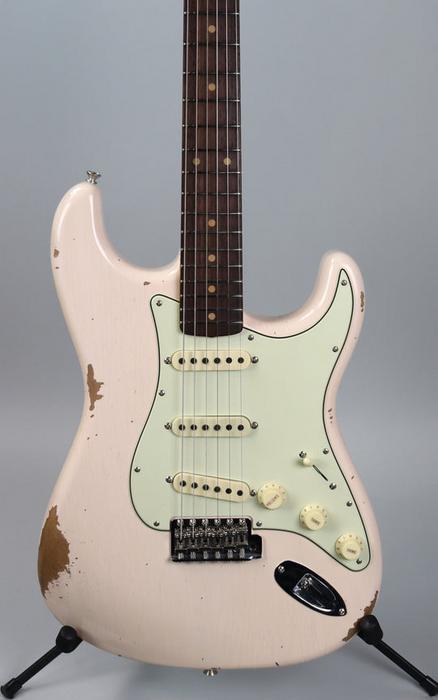
Did you know that the reverse headstock guitar might just hold the secret to enhancing string tension? Throughout my years in lutherie, I’ve delved deep into how innovative designs can transform both the aesthetics and playability of a solid body guitar. A reverse headstock guitar, in essence, is one where the headstock’s tuning pegs face the opposite direction compared to traditional designs. This seemingly simple alteration can significantly impact the guitar’s performance.
The reverse headstock configuration alters the string length that travels between the nut and the tuning pegs. This change is not merely cosmetic; it subtly shifts the balance of tension. The increased string length for the higher strings allows for more expressive bending, while on the lower strings, players might feel an enhancement in tightness and response.
Through crafting numerous instruments, I’ve discovered that this design also instills a unique aesthetic charm—it breaks the mold of conventional guitar silhouettes, appealing to musicians who appreciate both sound and visual flair. But the true magic lies in playing one. As I string and tune, the distinct feel and sound often surprise seasoned and novice players alike, reaffirming that sometimes, the smallest tweaks in design can lead to the most rewarding musical experiences.
Who Uses Reverse Headstock Guitars?
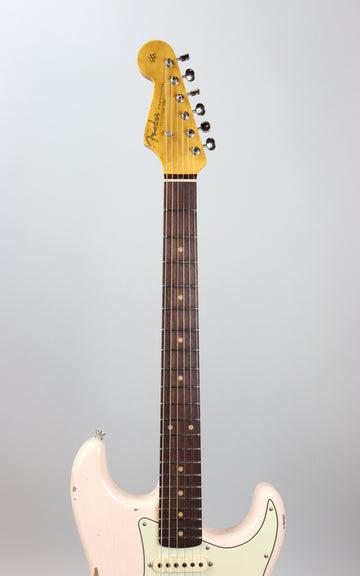
Ever wondered how the choice of headstock design can influence a guitarist’s style and preferences? As a contributor to guitar forums, I’ve witnessed firsthand how musicians discuss and debate the significance of headstock designs, *including the impact on playability and technique*. Reverse headstock guitars have carved a unique niche among players drawn to their unconventional aesthetics and promising functionality. From the iconic **Fender Stratocaster reverse headstock**, which jazzed up the ’80s hair metal scene, to modern-day shredders seeking a fresh twist on classic designs, these instruments attract a diverse array of guitarists.
Many metal and hard rock guitarists opt for reverse headstocks due to their distinctive look and potential benefits in *tension and tuning stability*. This design tweak can deliver a *different feel*, particularly in *string tension*, altering how one might bend or riff up the fretboard. In guitar forums, seasoned players often share tales of their transition to reverse headstocks, highlighting both their enhanced tonal qualities and the sense of personal identity they bring. Understanding who uses these unique instruments—and why—offers a glimpse into the profound connection between a guitarist and their tool of craft.
When to Use a Reverse Headstock?
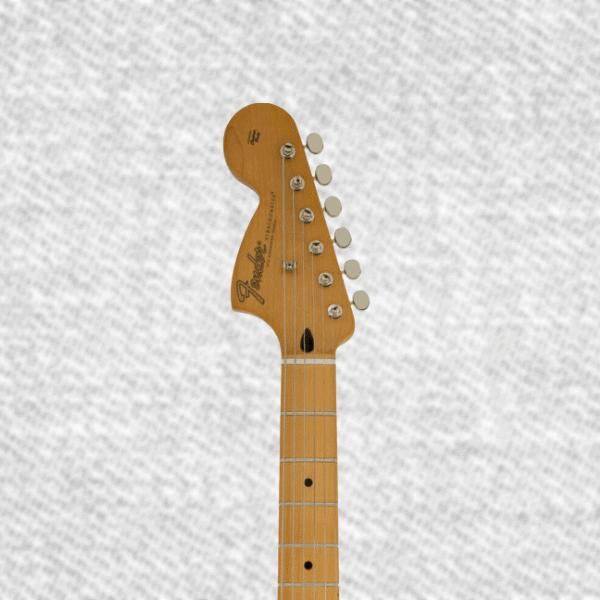
In my lutherie practice, I’ve discovered several guitar tuning techniques that pair exceptionally well with reverse headstock designs. While traditional headstocks have their merits, there are moments when a reverse headstock shines through in an artist’s toolkit. It wasn’t until I began experimenting with different tunings that I fully appreciated its potential. This unique configuration not only changes the instrument’s appearance but reshapes the tuning experience altogether. Here lies the key question: What specific tuning techniques can make playing a reverse headstock guitar a game-changer for musicians? This curiosity led me to unravel the nuances of adapting traditional tuning to their reverse counterparts, frequently resulting in a smoother and more ergonomic playing experience. This is largely due to how the reverse design naturally aligns with the tension patterns in common tuning setups, which can promote more efficient string bending and an enhanced tonal clarity especially in higher registers. Understanding these tuning intricacies transforms a reverse headstock from a style choice into an indispensable tool in a musician’s arsenal, waiting to deliver a unique, personal sound. As we continue to explore, the underlying question becomes not just when to use a reverse headstock, but rather how its potential can redefine our musical expressions.
Benefits of Reverse Headstock Guitars
Improved String Tension
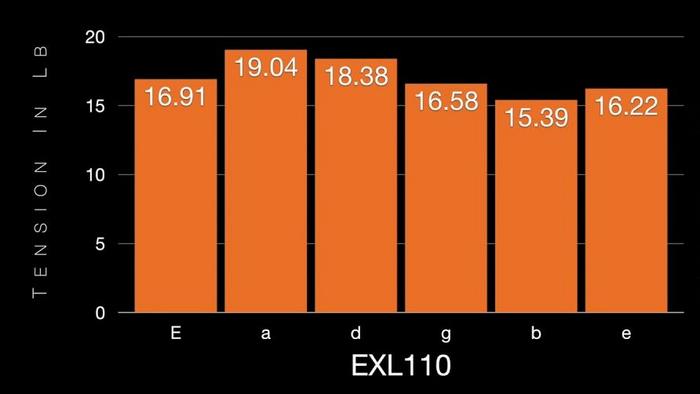
How does string tension impact playability and sound quality in reverse headstock guitars? With my engineering background, I’ve delved into the mechanics behind string tension, particularly in reverse headstock configurations. In traditional headstocks, the tension variance among strings can sometimes cause tuning instability. However, reverse headstock guitars offer a more uniform distribution of tension, especially noticeable during bends and vibrato techniques. This improvement results in a more stable tuning environment and enhances both **playability and tonal consistency**. The longer path for the high E string, for example, grants it increased tension, leading to more expressive bending capabilities. Such attributes make reverse headstock guitars truly stand out. Moving forward, let’s delve into how this aspect enhances high E string bending.
Enhanced High E String Bending
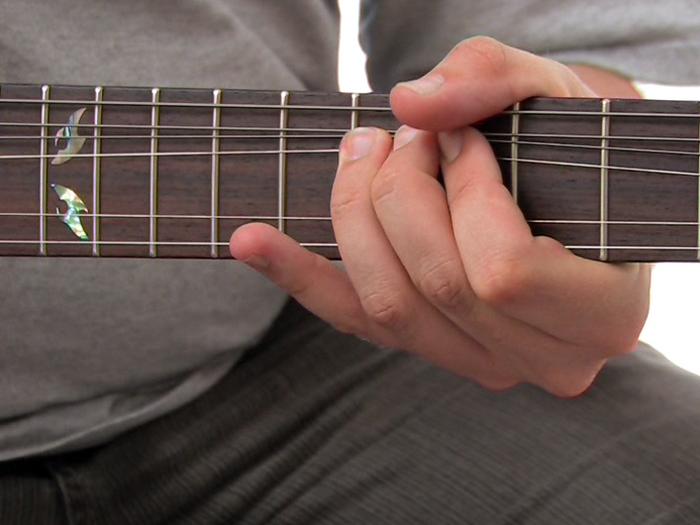
Could a simple shift in headstock design make bending the high E string feel more intuitive? In my experience, players often note that the reverse headstock design enhances the feel of string bending, making techniques more fluid and expressive. This innovative shift redistributes the tension slightly, offering a unique tactile feedback that aligns perfectly with the subtlety required for high E string bending. When comparing with traditional setups, the reverse headstock transforms the interaction between finger pressure and string responsiveness. This not only improves playability but also extends expressive possibilities, making complex bends more attainable. Such insights underscore the relevance of design nuances in crafting superior guitar experiences.
Pros and Cons of Reverse Headstock Guitars
Advantages

Are the advantages of reverse headstock guitars substantial enough to warrant their unique design? My insights into instrument ergonomics reveal that the advantages of reverse headstock designs often translate to real-world benefits for players seeking comfort and technical ease. The distinct configuration aids in even tonal balance by providing improved string tension. This configuration results in a smoother, even string response, especially enhancing the experience of players performing technical bends on the high E string. By enhancing playability through these subtle yet significant adjustments, such guitars can cater to both seasoned musicians and learners looking for ergonomic solutions.
Disadvantages

What potential drawbacks should musicians consider before choosing a reverse headstock guitar? Based on my experience in lutherie, I advise musicians to weigh the drawbacks, particularly regarding *tuning techniques* that differ from traditional designs. A key issue is that tuning a reverse headstock can be more complex. The altered string path requires adjustments that might not align with a musician’s current setup. Additionally, these guitars can exhibit altered weight distribution, affecting balance and playing comfort. Musicians should evaluate whether the aesthetic and tonal benefits outweigh the challenges. Understanding these disadvantages ensures a well-informed choice in guitar selection.
Conclusion
So, what can we take away from the exploration of reverse headstock guitars? Reflecting on my lutherie journey, I believe that understanding designs like the reverse headstock can shape not only our instruments but also how we connect with our art. By examining who uses these guitars and when they’re most beneficial, we gain insights into their distinctive impact on playing style and sound quality. Many players, from budding enthusiasts to seasoned professionals, have experienced the benefits of improved string tension and enhanced high E string bending that reverse headstocks can offer.
The journey through the benefits and drawbacks reveals that it’s not just a matter of aesthetic or novelty; rather, it’s about enhancing one’s musical expression through practical enhancement. Yet, it’s crucial to weigh these benefits against potential drawbacks like balance shifts and traditionalist expectations. This nuanced understanding enriches our appreciation of guitar craftsmanship and invites us to explore how design choices resonate with our musical identity. Ultimately, it reaffirms that every design choice holds the potential to elevate our artistry, reflecting our ongoing pursuit of harmony between creativity and functionality.
FAQs
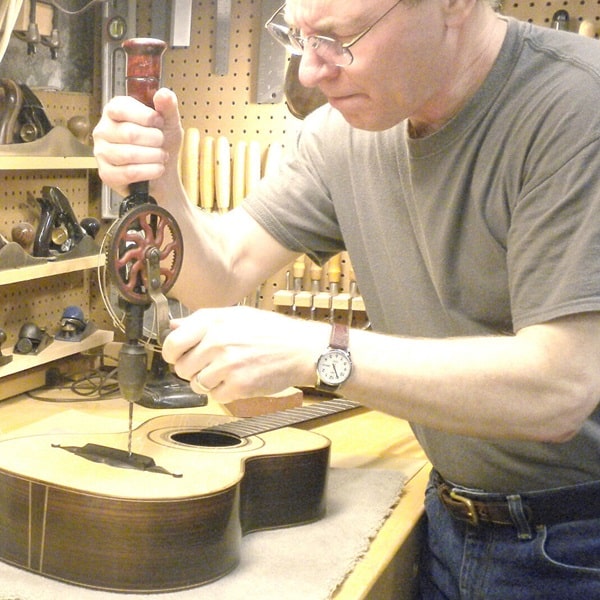
R.M. Mottola, an engineer-turned-luthier, revolutionizes stringed instrument design with his deep focus on acoustics and ergonomics since 1994. As editor of the Savart Journal and a key contributor to American Lutherie, Mottola merges science with artistry in lutherie. He enriches the field with his extensive knowledge, shared through his Liutaio Mottola website, making him a beacon in the world of modern instrument craftsmanship.
